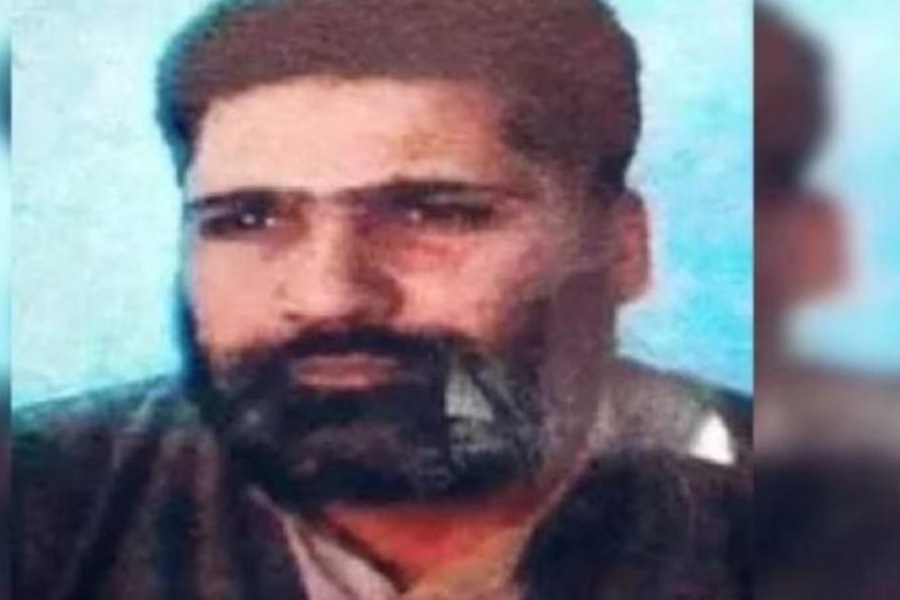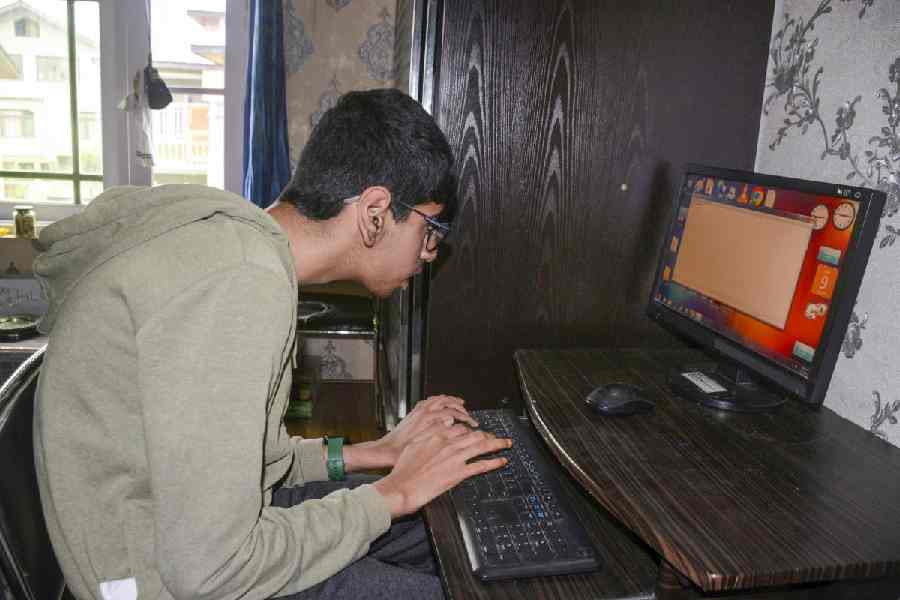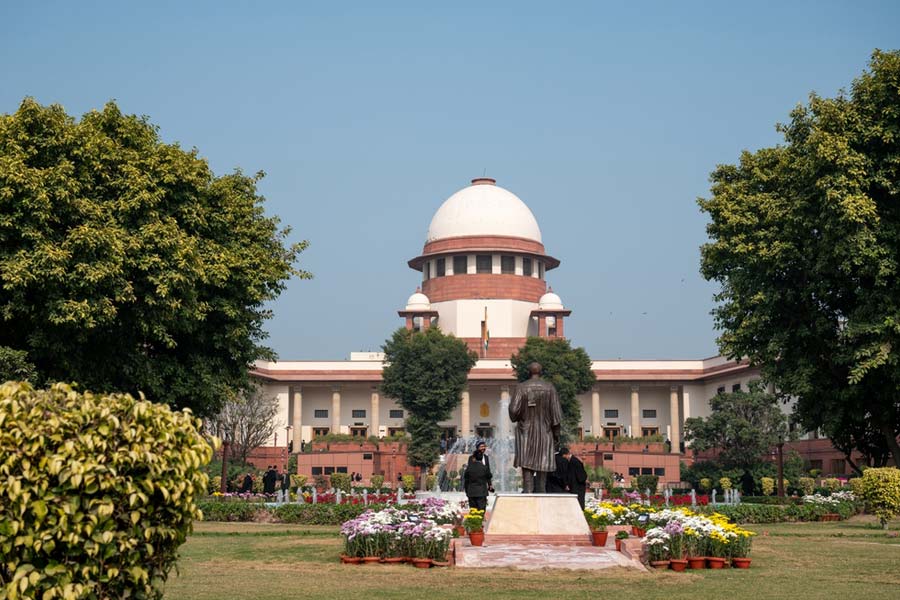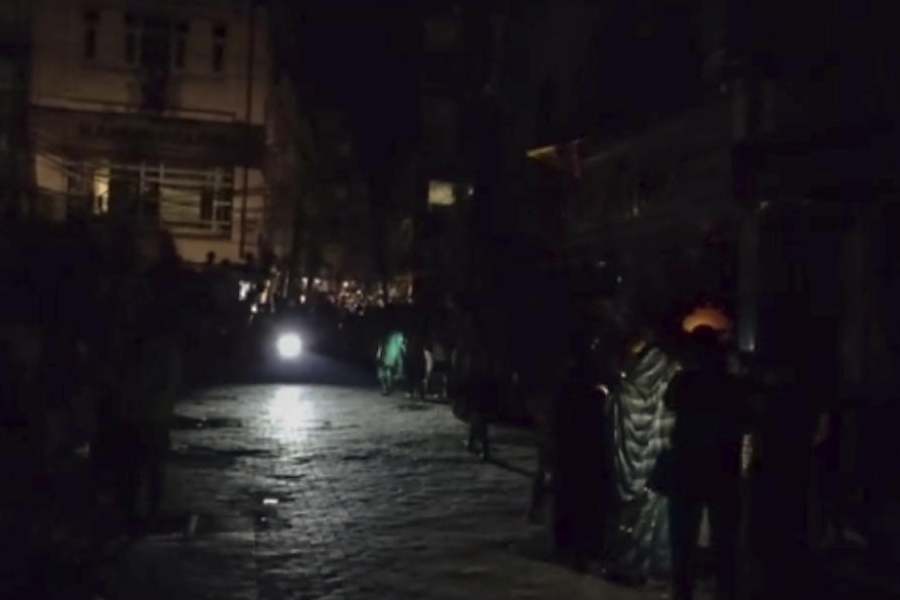It looks like a rickshaw but runs much faster. Its secret is fitted under the seat in the form of a rechargeable battery. Meet the electric rickshaw which is the newest mode of three-wheeler which will be offering rides around the township this new year.
There are perhaps around 10 such e-rickshaws plying the township now and many cycle rickshaw-pullers say they want to switch over to them. Since they run on battery, these vehicles do not need to be pedalled by the driver.
.jpg)
The mechanism
While cycle rickshaws travel at less than 10kph, their electronic cousins can hit close to 30kph. They need to be charged overnight like a mobile phone to store enough power to run through the day.
The single-speed transmission system consists of two sprockets and a chain. One sprocket is fixed to the electric motor while the other is mounted on the rear axle. There is a palm throttle on the rickshaw’s right handle which, when twisted, activates the battery controller placed under the seat. The motor then starts working and the torque generated is transferred to the rear axle with the help of the chain.
The rickshaw is powered by a set of four 12-volt batteries that are kept hidden from view under the seat. Braking happens via two pulley-belts attached to a drum that is retrofitted on the rear axle. When the foot brake is applied the belts tighten and slow the rickshaw down. There is a pair of conventional brakes on the front wheel, an electric horn and an LED headlamp too.
Regular rickshaws do not have shock absorbers, which is why travelling over broken roads is so uncomfortable. But the e-rickshaws have a set of shock absorbers placed vertically at the rear so the ride would be smoother.
Neha Agarwal, a resident of FE Block, was one such satisfied customer who took an e-rickshaw ride on Monday morning. “The ride wasn’t jerky like on cycle rickshaws and I reached my destination — a cyber cafe near GD Island — in less than 10 minutes. A cycle rickshaw would have taken much longer,” she said.
The benefits
The drivers of the e-rickshaws are a happy lot too. “My rickshaw runs much faster than the regular ones. It is more comfortable owing to the shock absorbers,” said Paritosh Jana, who usually waits at the rickshaw stand outside Bidhannagar Municipal School, in FE Block.
Jana charges the same fare as cycle rickshaws. “I know of around eight more e-rickshaws plying in Salt Lake. We don’t have a separate rate chart and don’t have any separate stands,” he said.
Cycle rickshaw drivers have their eyes on this new variant too. “These e-rickshaws take no effort to drive. The puller just needs to steer and apply the brakes. I too am saving to buy one,” said Gopal Sardar, another rickshaw puller.
Cycle rickshaws cost between Rs 6 and 10 lakh while e-rickshaws cost between Rs 65,000 and 70,000. Totos, or e-autos that are quite common in New Town, cost in the Rs 1.10-1.30 lakh range.
But there are detractors. “These things are driven by batteries. I am sure there is a risk of short circuit during the rains,” said Shankar Pyne, a cycle rickshaw driver at the same stand.
.jpg)
Pictures by Prithwish Karforma
The confusion
The laws, however, are vague regarding the new vehicle. Unlike cycle rickshaws, e-rickshaws need to be registered as they are certified as ‘contract carriages’. They must have licence plates pinned to their front and back, like in cars. They need insurance and a fitness certificate to attest that they are safe to be plied. But before any of this, the driver needs to undergo training for at least 10 days. Besides learning to manoeuvre the vehicle, he would need to learn about short circuits, the safe disposal of the e-rickshaw’s batteries etc.
But the e-rickshaw drivers in the township claim they know about none of these. “I bought my vehicle five months ago. No one has told me about any such rules. Nor has anyone questioned me about them,” says Jana.
According to a notification issued by the ministry of road transport and highways, government of India, an e-rickshaw is defined as a special purpose battery-operated vehicle having three wheels. They cannot run on motors with power exceeding 2,000W and the maximum speed of such a vehicle cannot exceed 25kph. It also states that the rickshaw cannot carry more than four passengers, excluding the driver, and more than 40kg of luggage.
E-vehicles may only travel on specified routes approved by them and the vehicles themselves have to be purchased from manufacturers certified by government agencies like Automobile Regulatory Authority of India (Arai).
E-rickshaw drivers in Salt Lake have been buying their vehicles from workshops in Barasat and Gouranganagar that are not officially certified. Nor do they have fixed routes.
An official at the District Transport Authority on Tuesday said that they had not been approached by a single e-vehicle owner to date for permission.
Traffic policemen have not received any directives about e-rickshaws so are at sea about whether they are to be caught or not. “Which section do we slap against them when there aren’t laws governing them yet?” asked a traffic policeman at Karunamoyee on Monday.
Have you taken a ride in a battery-driven rickshaw yet?
Write to saltlake@abpmail.com or
The Telegraph Salt Lake, 6, Prafulla Sarkar Street, Calcutta 700001

.jpg)








